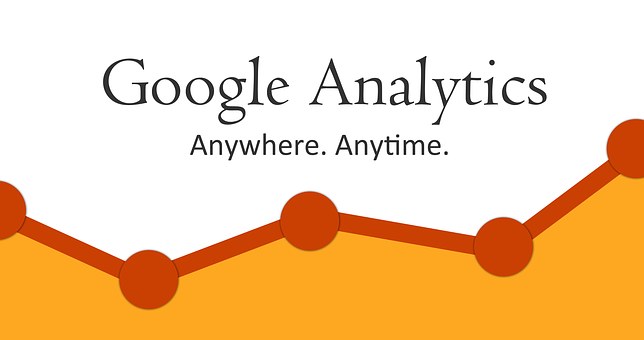This is the sixth instalment in the series of essays on Statistics Denial by Randy Bartlett, Ph.D. To read other articles in the series, click here.
Myth #2: Statisticians (and other quants), work within ‘traditional statistics’
The myth that statisticians only practice within ‘traditional statistics’ removes or undermines some of the most competent professionals protecting corporations from statistics malpractice.
Promotion Through Mischaracterization:
Over-the-top promoters of rebranded offerings face the problem of having nothing new to offer. They are mischaracterizing current statistics practice, which is unfamiliar to them anyway. These mutating fabrications are easily contradicted by observation.
The internet can be a breeding ground for this type of disinformation (see ‘online disinhibition effect’). To illustrate, we will discuss an instructive blog claiming that ‘data science without statistics is possible, even desirable!’ This blog and those like it are unable to list anything useful for data analysis, which is not statistics and not used by statisticians. Here are quotes mischaracterizing current statistics practice:
• ‘But the new statistical science in question is not regarded as statistics, by many statisticians,’
• ‘most statisticians I talked to do not see it as statistical science,’ and who could forget,
• ‘Instead, it mostly relies on statistical principles that are not considered statistical science by most people who call themselves statisticians, because of their rigid perception of what statistics is, and their inability to adapt to change.’
Really?! The axe grinding is the author promoting their new ‘unvetted’ techniques and calling them ‘the new statistical science.’ New techniques are welcome, they just need to pass the same scrutiny as accepted (traditional?) techniques. The non sequitur here is that statisticians limit themselves to traditional techniques because they have never heard of the author’s new ‘unvetted’ ones. No one has.
By the way, ‘most statisticians I talked to’ think this myth is harmful, ignorant, irresponsible, and an extraordinary claim, contradicted only by everything we see in the field.
To back up a little, the term ‘quant’ includes all of those professionals, who use current statistics practice to analyze data. This includes ‘applied statisticians’ and those, who might self-identify differently, such as some econometricians. Quants are mainly organized by industry. In banking, there are statisticians with numerous econometricians. In manufacturing, there are statisticians with numerous industrial engineers. It is common to combine statisticians with other experts, who are half statistician and half some other expertise. The resulting groups tend to practice a synergy of similar statistics techniques (as long as their training is similar). These teams are competent, ubiquitous, and not fearful of statistical rigor or Statistical Review.
If applied statisticians are limited to traditional techniques, then this is an enormous deficiency shared by all quants. Based on what quants write, read (book purchases), and discuss, and what we observe in the field, quants are intoxicated by the new, the stronger statistics tools. Hence, this myth makes an extraordinary claim requiring extraordinary evidence (see Carl Sagan). Is there any?
Stat deniers can not support this extraordinary claim using facts like a survey of statistics practice … or even their own field experience. Instead, blogs/articles use three of their own personal myths for support: 1) stat deniers always know statisticians, who conveniently agree to any crazy claim needed for a blog/article; 2) stat deniers are always coming from indisputable statistics expertise, which is never true (see The Dunning-Kruger Effect); and 3) stat deniers are always so so so sure, which means nothing without training and experience.
Breadth of Practice:
Applied statisticians self select into the profession of analyzing all data. They employ a way of thinking about how to extract information from numbers with uncertainty. It is about the statistics problem and not the tool. We clarify the problem-based thinking in the May/June 2015 issue of Analytics Magazine, http://goo.gl/Wod3gk.). For statistics problems, there is but one tradition, use whatever tool works on whatever data makes sense. Furthermore, we use Statistical Diagnostics to measure how well a tool works.
Close:
We are so so so sure that this myth is balderdash and that it is driven by a need to promote a rebranding, which does not offer new techniques. This is like promoting a substandard pharmaceutical drug by mischaracterizing the current standard of care. Promoters should focus on finding a value proposition not carved out of mischaracterizing statistics and current practice.
Again, here is the harm. This promotional hype can remove or undermine the most competent professionals protecting corporations from statistics malpractice.
We sure could use Deming, right now. Many of us, who consume or produce data analysis, hang out in the new LinkedIn group: About Data Analysis. Come see us.

The data analytics of substance abuse & treatment
The...









![7 data-driven ways to optimize your online store for mobile [Infographic]](https://crayondata.ai/wp-content/uploads/2019/11/optimize-1.jpg)


![Top tips and tricks to improving your customer experience [Infographic]](https://crayondata.ai/wp-content/uploads/2019/01/customer-journey-1.jpg)









